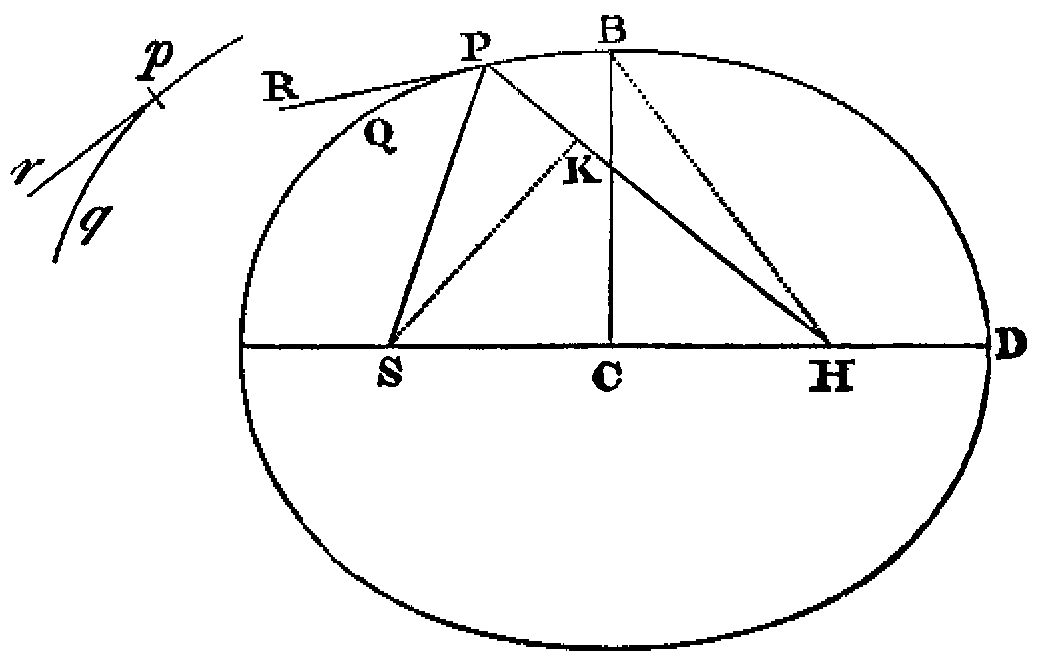 Lit, A. and Finn, J. P. Variability of depth-discrimination thresholds as
a function of observation distance.
Journal of the Optical Society of America, 1976, 66(7),
740 - 742.
Lit, A. and Finn, J. P. Variability of depth-discrimination thresholds as
a function of observation distance.
Journal of the Optical Society of America, 1976, 66(7),
740 - 742.
Copyright (c) 1976, The Optical Society of America. Permission to copy
the original paper, other than fair use, must be obtained from the author
and the publisher.
Please refer to the external links page
for a link to the Optical Society web site.
by John Michael Williams, 1999. Placed in public domain.
Some past studies have seemed to show that stereoacuity becomes poorer as observation distance is decreased from one meter, and that single-cell receptive field size in the visual system is not the reason for it. The geometric theory of stereopsis does not predict such a decrease.
This JOSA Letter reports unpublished, reanalyzed control data from the Lit and Hyman (1951) Pulfrich Effect experiment. The variance of settings was used as a measure of stereoacuity for fixed and moving targets with no Pulfrich filter in place.
One of the observers showed a mild degradation in stereoacuity with decreasing distance, both for fixed and moving (19 degrees visual angle per second) targets; the other observer showed no consistent change.
Reanalysis of available old data has left the problem unsolved. The literature of stereoacuity as a function of observation distance remains at best equivocal, and if there is an effect of decreased stereoacuity with decreased observation distance, it must be small or perhaps observer-specific.
Back to Pulfrich Effect Home. University Privacy Policy
The Pulfrich Effect, SIU-C. Last updated 2000-07-23